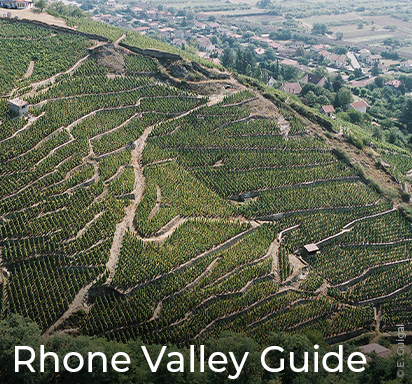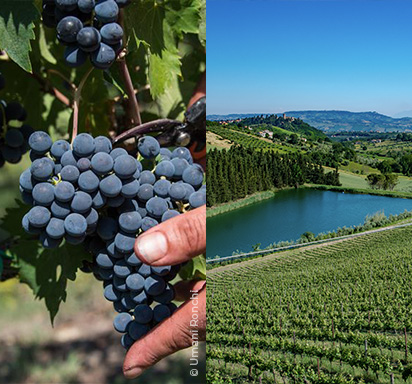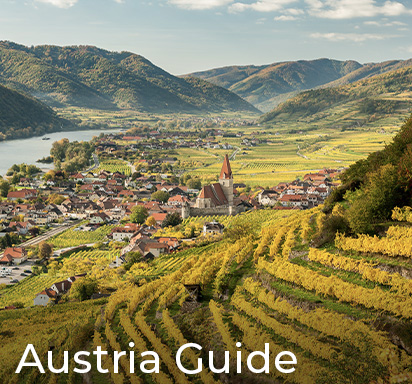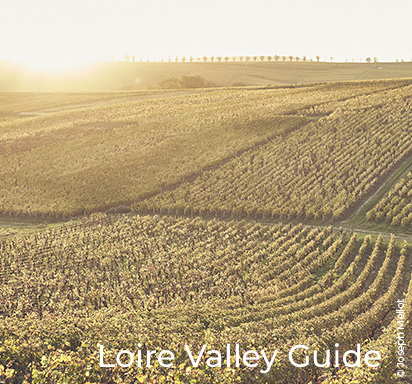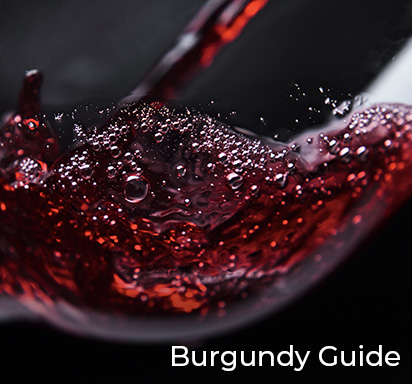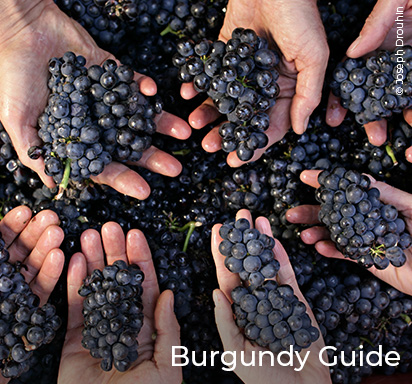Unveiling the Enigma of Barolo: A Journey Through History & Terroir
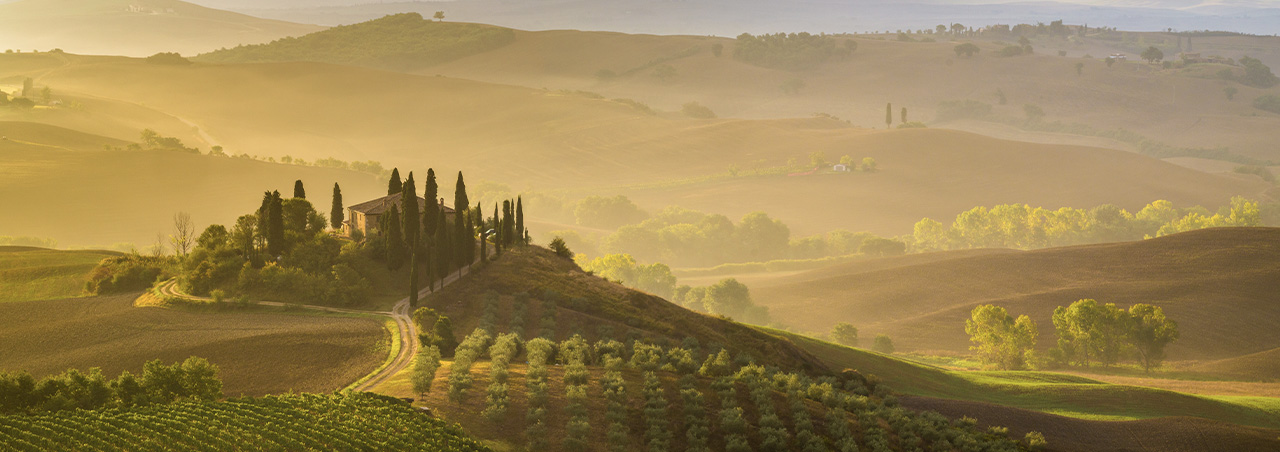
Embark on a captivating journey through Barolo wines in Piedmont, Italy. In this guide, learn more as we unravel the rich history, diverse terroir, and unparalleled flavors of Barolo wines.
Nestled in the picturesque hills of Piedmont, Italy, lies the prestigious appellation of Barolo, renowned for producing some of the world's most exceptional wines. From its rich history to its diverse terroir and unparalleled flavors, Barolo offers a wine experience like no other. But what exactly makes the fine wine from this top northern Italian appellation a world-class wine? Join us on a journey as we delve into the world of Barolo wines and find our more about its captivating history.
Exploring Barolo's Terroir
Barolo's terroir is as diverse as it is captivating, comprising 11 communes, each with its own distinct characteristics. From the powerful tannins of Castiglione Falletto to the silky smoothness of Monforte d'Alba, Barolo wines offer a unique expression of their terroir. Discover how factors such as mesoclimates, soil types, and altitudes influence the flavors and aromas of these extraordinary wines.
Unraveling the history of the Barolo area
King of Wines, Wine of Kings
While Nebbiolo, the flagship grape variety of the Piedmont region in the northwestern corner of Italy, has been around since at least the 13th century, the history of modern-day Barolo is relatively short. Some wine historians believe that up until the 19th century, Barolo was actually a sweet wine. Nebbiolo is a famously late-ripening varietal, historically harvested in late October or early November, meaning that by November and December, temperatures in Piedmont would be cold enough to stop alcoholic fermentation, resulting in plenty of residual sugar remaining in the wine. It was a 19th-century politician by the name of Camillo Benso, Count of Cavour who took the first stand in improving the quality of wines from Barolo. Having traveled to Bordeaux and Burgundy, he was inspired to improve the winemaking technique at his family’s estate in Grinzane and hired French winemaker Louis Oudart to help him do so. Oudart made several changes both in the vineyards and cellar of the Count of Cavour. He limited grape yield to improve overall quality, cleaned the cellars, installed new equipment and – perhaps most importantly – heated the fermentation area to allow fermentation to proceed without stopping, producing a dry wine. Oudart is believed to have made the same changes in the cellars of the Marchesa di Barolo, whose wines caught the attention of King Carlo Alberto of Savoy and later King Victor Emmanuel. The latter enjoyed the wines so much, in fact, that they planted Barolo vineyards themselves, giving rise to the popular nickname “King of Wines, Wine of Kings.”.
Another popular theory claims that it was not a French winemaker, but an Italian by the name of Paolo Francesco Staglieno who first produced the modern day version of Barolo while working for the Count of Cavour between 1836 and 1841. His method, coined “the Staglieno method,” is believed to have already been widely in use by the time Oudart arrived to Italy. Whatever version is true, Barolo wine became dry in the mid-19th century and by the mid-20th century, several large negociants (wine merchants) were purchasing grapes and wines from winegrowers across the zone to blend into their house style. In the 1960s, several individual property owners began popping up and shifting the focus from vineyard blends to single-vineyard bottlings.
A beaming reputation and a growing demand
The Barolo DOC was established in 1966 and upgraded to DOCG status in 1980. In the 1970s and 1980s, the wine market began showing a preference for fruitier, less tannic wines that were accessible at an earlier age, and to meet this growing demand, a group of rebellious Barolo producers started producing a more modern, international style of Barolo. Producers like Elio Altare adopted certain techniques to “soften” the wines, including harvesting later to ensure more developed tannins, shorter periods of maceration and fermentation, the use of roto fermenters for a speedier extraction of color, a shorter maturation period in small new French oak barriques (rather than the traditional large Slavonian ask casks called botti) and a shorter period of bottle age before release. These producers, labeled “modernists” were scorned by traditionalist winemakers, determined to stick to tried-and-true methods. This rift between Barolo producers is known as the Barolo Wars.
In the last few decades, advances in viticulture and winemaking have helped bridge the gap between modernist and traditionalist Barolo winemakers, allowing for a “best of both worlds.” Improvements in canopy management, for example, has resulted in the harvest of riper grapes with more developed tannins at earlier dates. Temperature-controlled fermentation vessels have led to significant improvements in quality in both camps. And while many of today’s Barolo producers opt for some combination of traditional and modern techniques, some distinctions still remain: the modern approach continues to favor shorter maceration and cooler fermentation temperatures than the traditional approach, as well as aging in small new French oak barriques rather than large bottlings.
The Barolo area: Craddle of the Nebbiolo grape variety
Superstar of the Piedmont region
Barolo is situated in the northwestern area of Piedmont of Italy, southwest of Barbaresco, in the fog-prone Langhe Hills. The Barolo DOCG appellation is made up of 11 different communes, of which the “Big Five” (Barolo, La Mora, Monforte d’Alba, Serralunga d’Alba and Castiglione Faletto) produce a grand majority of the wine, while the remaining six (Novello, Diano d’Alba, Verduno, Roddi, Grinzane Cavour and Cherasco, Roddi) supply the rest. Each of these villages has its own signature style of Barolo wine, with Cartiglione Falletto producing wines with powerful tannins, for example, while Monforte d’Alba producing a silkier, smoother style. These differences depend largely on terroir, as the Barolo zone is home to a wide variety of mesoclimates, soil types, expositions and altitudes, all of which significantly influence how the Nebbiolo grape develops. For example, the Helvetian sand and limestone soils of the Serralunga Valley (home to Castiglione Falletto, Monforte d’Alba and Serralunga d’Alba) produce more intense wines with longer aging potential, the more calcareous marl soils in the Central Valley (home to Barolo and La Morra) produce wines that are typically softer and fruiter in profile. And even within the Central Valley there are differences between La Morra wines, which are more perfumed and graceful, and Barolo-commune Barolo, which tend to be more complex and broad in texture. Overall, the Barolo appellation enjoys a continental climate, with temperatures moderated by the Tanaro River and its tributaries.
Barolo is the heartland of Nebbiolo, a small, thin-skinned red varietal naturally high in acid and tannins. While Nebbiolo is one of the first varieties in the Piedmontese wine regions to undergo bud-break in the spring, it is also one of the last to be picked (in late October or November), due to its very slow ripening. It is believed to get its name from “nebbia,” which in Italian refers to the fogs that drape the Langhe Hills in the autumn, slowing down even further the ripening of the grapes. The Denominazione di Origine Controllata e Grantita (DOCG) Barolo is the highest classification for Italian wines, and comes with several restrictions on the winemaking process. Barolo DOCG wines must be made from 100% Nebbiolo and aged for at least 38 months, of which 18 in oak. When a Barolo has been aged for five years or more, it may be labeled Riserva. Barolo in the Glass, Barolo with Food Barolo wines are full-bodied red wines, which tend to be high in natural acidity, with dense and firm tannins that evolve over decades in the bottle. Over time, its youthful ruby-red color evolves a beautiful rusty, brick-red tinge. On the nose, Barolo wines express the tell-tale aromas of Nebbiolo: its signature “rose and tar,” dry herbs and licorice, as well as red fruits (raspberry and cherry). Barolo wines from the best vintages can be aged for 30 years or more in the bottle, significantly improving with time in bottle. With age, these wines reveal earthy nuances of truffles, forest floor and dark chocolate.
A glimpse of what Barolo wines taste like
Barolo wines represent the epitome of Piedmont's winemaking heritage, offering a journey through centuries of tradition and innovation. Whether you're a seasoned wine enthusiast or a curious newcomer, Barolo promises a wine experience like no other. A bottle of Barolo is the perfect centerpiece for a big family dinner but hits the spot equally well as a wine to open with your special someone on a cozy night in. To have a deeper understanding of Barolo's characteristics, what Barolo wines taste like and how long to age them for, read our blog article here!
You may like
Discover the Rhône Valley, a haven for wine lovers! Explore its storied terroirs, iconic appellations, and diverse grape varieties like Syrah, Grenache, and Viognier. Unveil wines to savor and cherish!
1/21/2025Montepulciano refers to both a red grape variety and a wine region. Discover the differences between the bold Montepulciano grape from central Italy and the elegant wines of Tuscany's Montepulciano region.
1/20/2025In this Guide, discover Austria’s top wine regions, grape varieties like Grüner Veltliner and Riesling, and some exquisite food pairings. Find out more on Austrian wines and why you should add them to your cellar.
1/14/2025Explore the Loire Valley, one of France’s most famous wine regions. Learn about its renowned appellations and grape varieties like Sauvignon Blanc, Chenin Blanc, and Cabernet Franc.
1/9/2025Discover the taste of Burgundy wine with flavors from Pinot Noir and Chardonnay. Explore the influence of terroir, the difference between Village, Premier Cru, and Grand Cru wines, and ideal pairings.
10/16/2024Burgundy, France, is famed for its exceptional wines, primarily crafted from Pinot Noir and Chardonnay. Explore the region’s diverse wine types, from Grand Cru to regional varieties, and discover its unique terroir.
10/14/2024



















